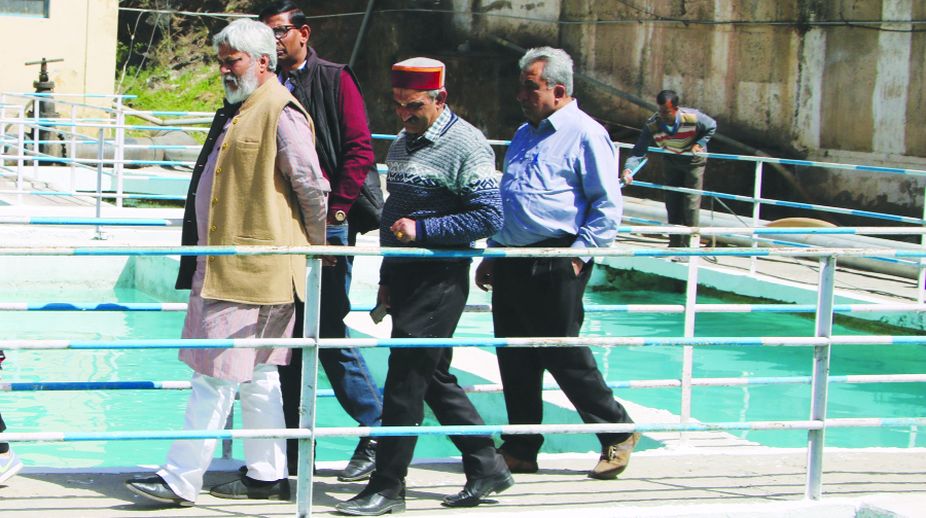Tea Board sets 2025 plucking and making timeline
Tea Board of India has announced that tea plucking and manufacturing for the 2025 cropping season will commence only after winter dormancy ends, allowing tea bushes to sprout fresh buds.

Pointing out that simultaneous drought and floods in 13 states is creating a dangerous landscape in the country, Rajasthan’s waterman Rajendra Singh has stressed on adopting best agricultural practices to mitigate the effects of climate change.
Twenty-two states are suffering heavy losses on account of climate change ~ drought and floods ~ and are facing water scarcity. Himachal too is slowly heading towards a scenario where water will become scarce, Singh said, interacting on the sidelines of a state-level convention on water conservation here.
Advertisement
He said climate change has changed the pattern of rainfall and the country as a whole is witnessing erratic rains which are untimely most of the time. “It is now time to make alternate arrangements as maintenance of proper soil heath will allow better retention of water that usually flows with rainwater, causing floods and drought,” he said.
Advertisement
He said best agricultural practices such as linking crop pattern with rains would help in conserving water and result in better use of natural resources. The time has come to understand that maintaining soil, water and nature’s health is vital as it will have a direct impact on human health, he added.
Singh, who is championing the cause of water in Sangli district of Maharashtra, said constructing small dams to slow the river water flowing from the hills could help in reviving the drying rivers in Himachal Pradesh.
Calling for stepped-up efforts to rejuvenate rivers and other perennial sources of water, Singh said, “but it should be a united effort on the part of government, local residents as community participation in such programmes would yield better and effective results”.
Himachal is lucky as it has about 180 cm annual rainfall but the groundwater is declining at a greater speed and about 70 per cent of perennial water bodies have dried up, he said. He stressed the need to work towards ground water conservation and said implementing traditional water conservation system of India, which is universally acclaimed, is the need of hour.
He cited an example from Sangli where inhabitants had migrated due to a drought like situation but when convinced about water conservation, everybody got together to build more than 10,000 small water bodies. And this has brought a change in their lives as the entire landscape has now turned green with people having adequate access to water.
Calling for scientific techniques to build such water bodies, Singh said proper aquifer mapping of the region should be done and all local environment needs should be taken into account.
Singh advocates a water literacy campaign to make people aware how to use water judiciously. “Rooftop water harvesting should be made mandatory in Himachal to rejuvenate water bodies and underground water resources,” he added.
Singh has conferred the Ramon Magsaysay Award in 2001 for his efforts on water management and he is also known as ‘Rainman’ or ‘Water Catcher’ in the arid regions surrounding Alwar district of Rajasthan.
He has also conferred the Stockholm Water Prize in 2015 for promoting community-led conservation efforts in rural Indian areas where water is scarce.
Advertisement